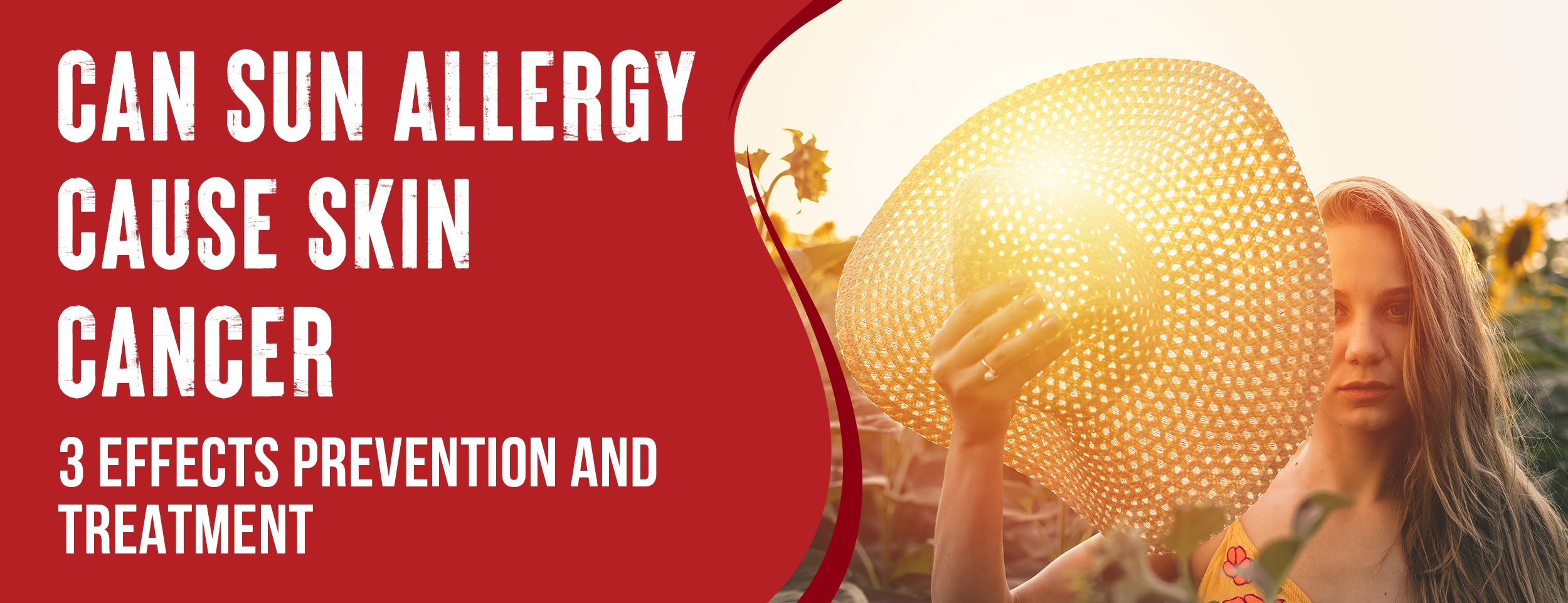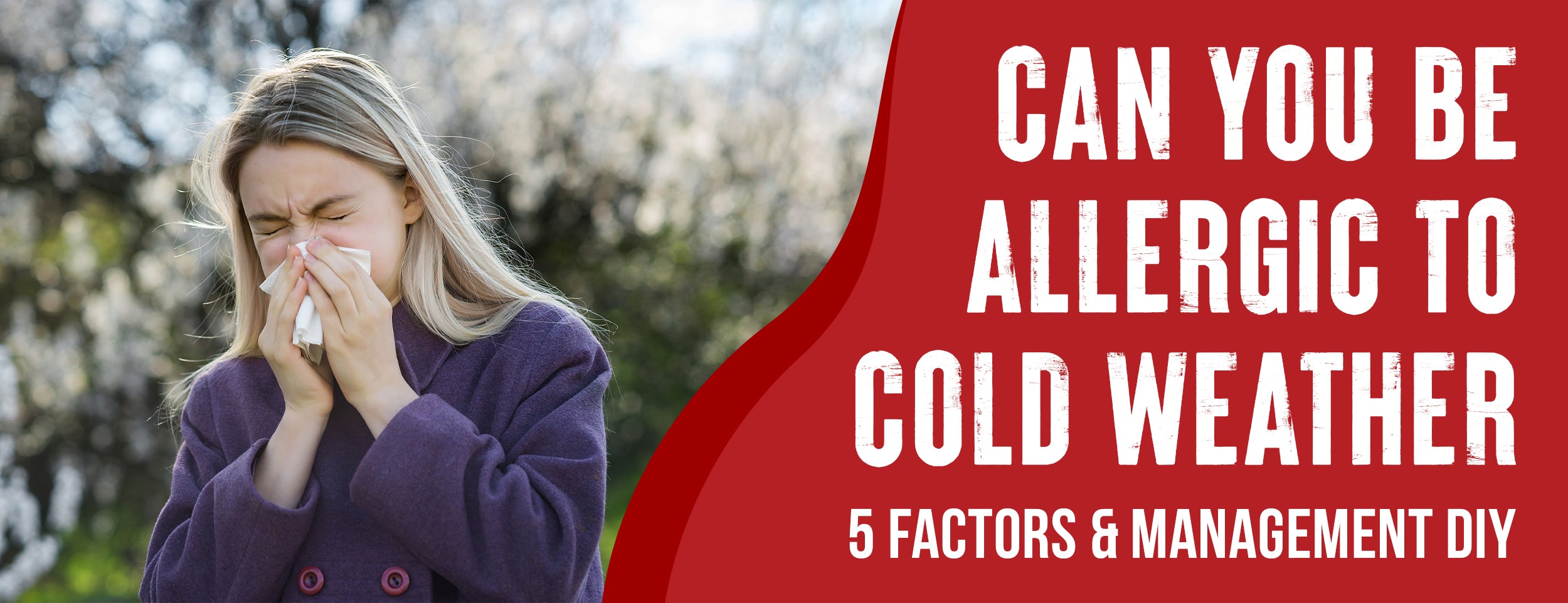The COVID-19 rash, similar to the virus it comes with, displays versatility. It doesn't follow a uniform pattern; its characteristics vary from person to person among adults. The rash presents as a red or purple mark on the skin, showing up as flat or raised patches, often accompanied by a tingling or burning sensation.
A COVID rash in adults usually lasts between 2 and 12 days. The rash may present as significant, itchy areas with slight lumps and blisters during or after the COVID-19 infection.
In this blog post, we will explore an overview of data concerning the rash caused by COVID-19 in adults, delve into the four factors influencing the duration of the rash, and discuss preventive measures for managing COVID-19-related rashes in adults.
How Long Does COVID Rash Last in Adults: Data Overview

In today's post, we will explore something many are curious about - the length of time an adult can experience a COVID-19 rash. This symptom has been reported by many individuals battling the virus, and we are here to shed some light on it.
Analysis of Data
To understand how long a COVID-19 rash typically lasts, it's important to look at the data collected from various sources. According to several health websites, rashes related to COVID-19 usually stick around for a certain period.
- Range: Rashes last various periods, lasting anywhere from 2 to 12 days.
- Variation: Some people may experience shorter or longer durations depending on individual circumstances.
- Type of rash: Different rashes, such as maculopapular or urticaria, may have different durations.

COVID-19 Rash Average Duration in Adults
Although COVID-19 rash durations vary, there is an average timeline. Based on current reports, most people who develop a rash with COVID-19 will see it clear up in about a week.
- Average Time: Most people have a rash for about 8 days.
- Factors Influencing Duration: Individual health, age, and disease severity can influence how long the rash lasts.
Note: If a rash persists for longer than average, it's important to consult with a healthcare professional.
Adult COVID-19 Rash Duration: 4 Factors

A COVID-19 rash is one symptom that some people experience when contracting the virus. The duration of this rash can vary significantly from person to person. Several factors play a role in determining how long it lasts. Let's inspect these factors.
Detailed Health Status
The patient's overall health status dramatically affects the duration of a COVID-19 rash. Here are some points to consider:
- A solid immune system can help the body fight off the virus more quickly, potentially reducing the duration of the rash.
- Engaging in a regular exercise regimen and a well-balanced diet can enhance your immune system and reduce the duration of the rash.
Severity of COVID-19 Infection
The duration of the rash can be affected by the severity of the COVID-19 infection. Important considerations are as follows:
- A person with severe cases of COVID-19 may experience rashes for a longer period.
- Mild cases often resolve more quickly, which could lead to a shorter rash duration.

Reaction to COVID-19 Treatment
How a person reacts to the treatment of COVID-19 can affect the duration of the rash. Important to note are:
- Some medicines may cause side effects, including prolonged rashes.
- Effective treatments can help ease symptoms, including the rash, more quickly.
Other Underlying Health Conditions
Last, other underlying health conditions may influence COVID-19 rash. Here are some points to remember:
- People with chronic illnesses may have a longer rash duration as their body fights both the virus and manage the existing condition.
- Conversely, those without other health concerns might see their rash clear up more rapidly.
How to Treat a COVID-19 Rash: 2 Medical Advice
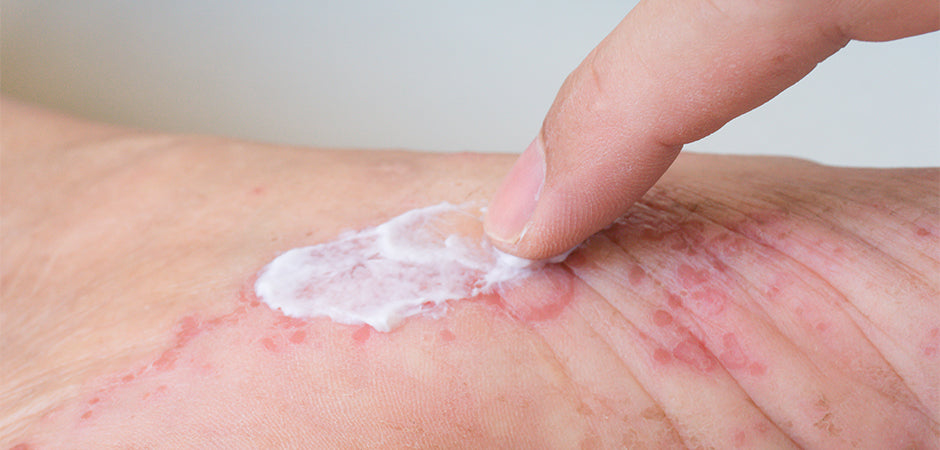
If you notice a rash that might be linked to COVID-19, it's important to understand when to seek medical help and what treatments are available. Here's a simplified breakdown of this information.
Treatment Options for the COVID-19 Rash
The treatment for a COVID-19 rash primarily aims to soothe symptoms while your body fights off the virus. Here are some common treatments:
- Topical Creams: Topical steroids under medical guidance can reduce inflammation and promote quicker rash resolution for more persistent rashes.
- Antihistamines: These medications may help control allergic reactions and lessen the severity of the rash.
- Rest and Hydration: Drinking plenty of water and getting enough sleep can aid your immune system in battling the virus.
When to Seek Medical Attention
Knowing when to seek help is crucial for your well-being. Here are some signs that you should contact a healthcare professional:
- Long-lasting Rash: If the rash doesn't improve after several days or worsens, it's time to contact a doctor.
- Other Symptoms: If the rash is accompanied by other severe COVID-19 symptoms like high fever, difficulty breathing, or chest pain, get medical help immediately.
- Severe Discomfort: If the rash is causing a lot of pain or discomfort, don't hesitate to contact a healthcare provider.
Always remember, if you're unsure, it's better to be safe and consult with your doctor.

To Manage A COVID-19 Rash in Adults: 3 Prevention Tips
If you're dealing with a rash related to COVID-19, it's crucial to know how to manage it at home and take steps to prevent it from worsening. Let's simplify this information for better understanding.
Suggestions for Home Care:
Taking care of a COVID-19 rash at home can help manage the symptoms. Here are some tips:
- Keep It Clean: Clean the rash with mild soap and water to avoid infection.
- Avoid Scratching: Even though rashes can be itchy, try not to scratch as it can worsen the inflammation and lead to infections.
- Monitoring symptoms: Monitoring your symptoms, even when the rash heals, is essential. Any return of fever, cough, difficulty breathing, etc., must be reported to your physician immediately.
Remember, you must contact your healthcare provider if the rash doesn't improve or worsen.
Prevention Measures to Avoid Worsening the Rash
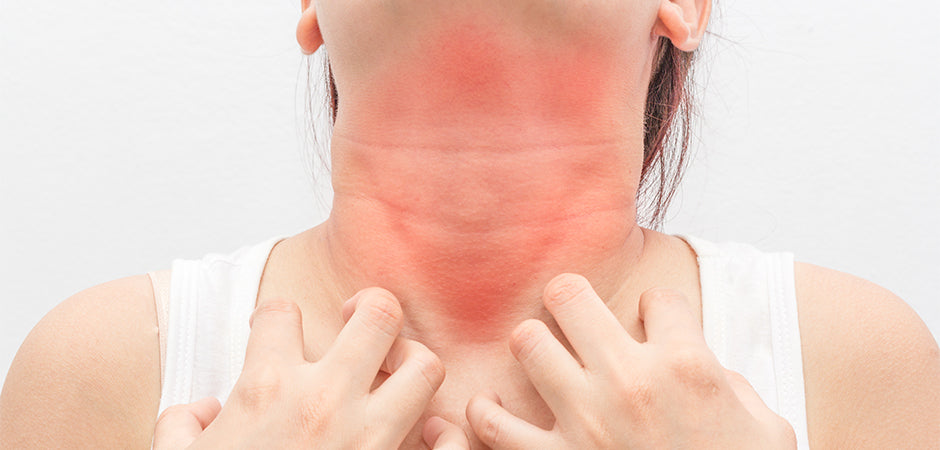
You can take several measures to prevent the rash from worsening. Here are some:
- Wear Loose Clothing: Tight clothes can irritate the rash. Opt for loose, breathable clothing instead.
- Avoid Heat and sweating: Heat and sweat can intensify the itchiness. Stay cool and do not engage in strenuous activities.
Misinformation Must Be Ruled Out
Understanding and managing a COVID-19 rash involves navigating a sea of misinformation. The online realm is flooded with remedies and diagnoses, some of which pose risks.
- Adults should rely on trusted health sources and follow healthcare professionals' advice. Misinformation impacts physical and mental health, leading to anxiety and doubt from encountering false information or doomsday scenarios online.
- In these trying times, finding trustworthy sources and practicing self-care methods like mindfulness and reducing exposure to media can help navigate the uncertainties effectively.

Conclusion
COVID-19 rash is just one aspect of the complex journey for those affected by the virus. Understanding the role of dermatological symptoms in the pandemic and knowing how to respond is crucial for adults to safeguard their health and that of others.
Effective communication with your body, medical providers, and support network is crucial. Discuss symptoms with your healthcare provider, including rashes, and stay updated on the virus's skin effects.
Looking ahead, a future where COVID-19 mysteries are solved, treatments improved, and recovery paths clearer is on the horizon. Stay vigilant and advocate for your health in the ongoing fight against the pandemic.

![COVID Rash: Data Overview and 4 Factors [With 3 Prevention Tips]](http://drnumb.com/cdn/shop/articles/How_Long_Does_COVID_Rash_Last_in_Adults__9_Factors_Total.jpg?v=1714622590&width=1100)




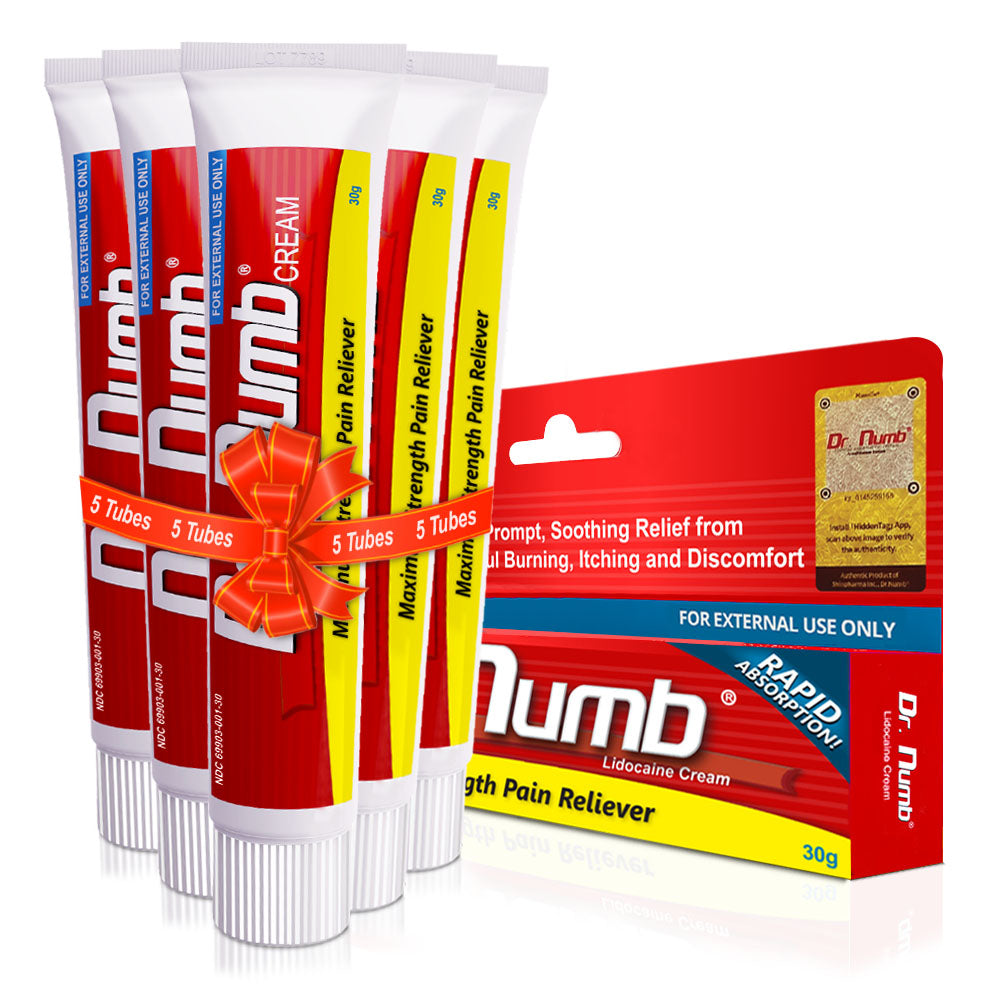


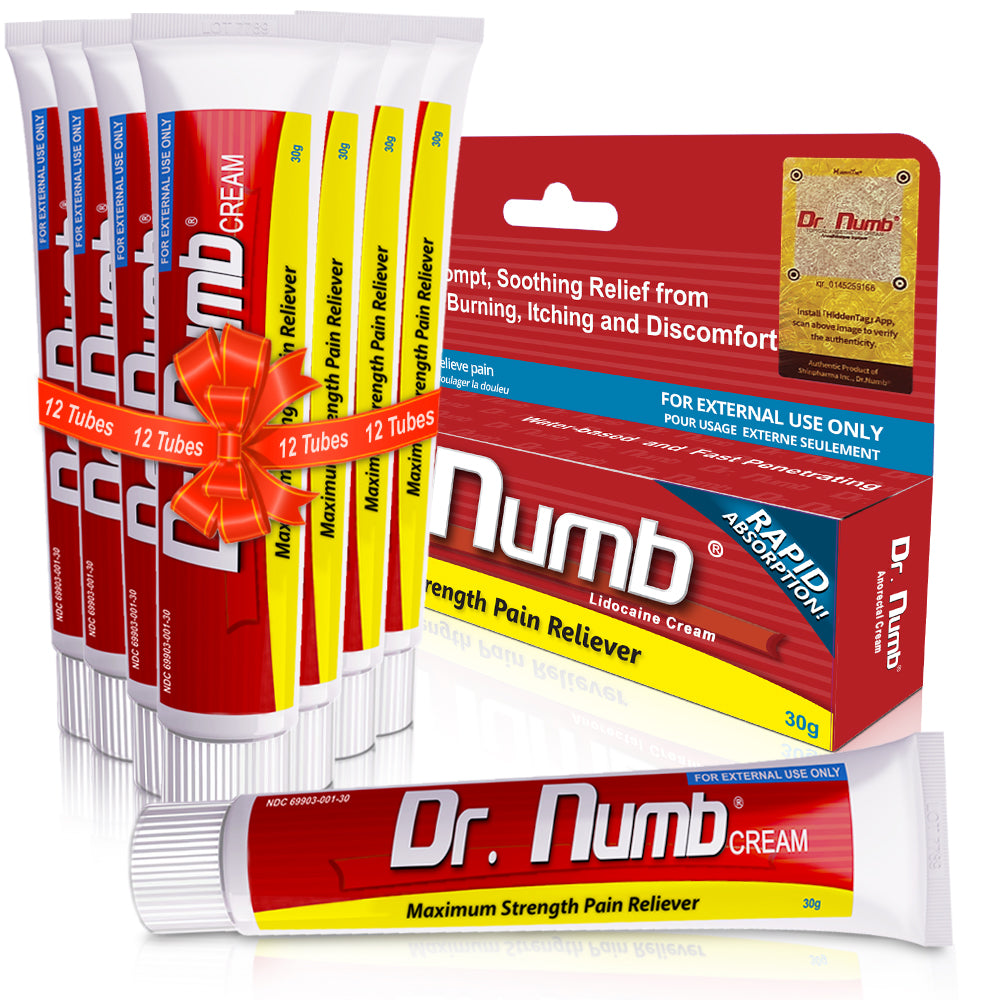



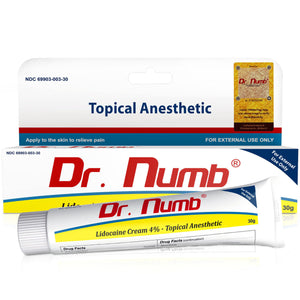

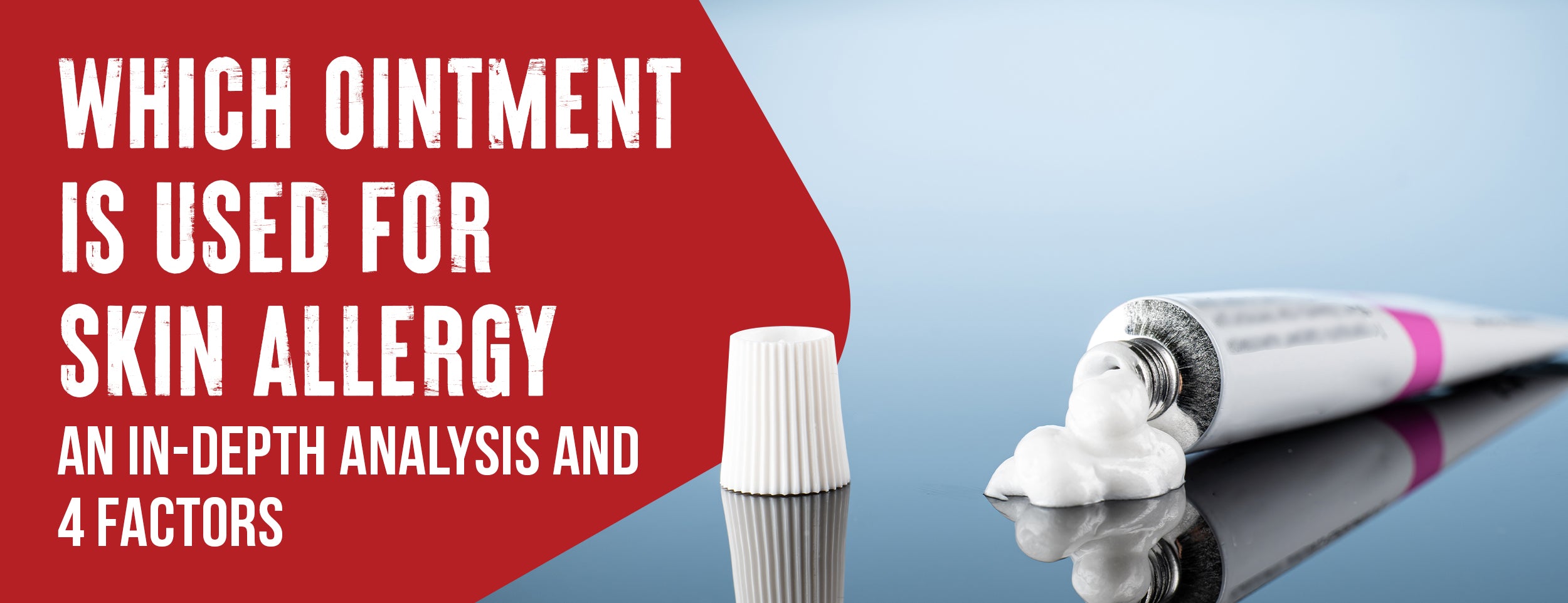
![The Most Common Food Allergies That Cause Itchy Skin [6 Common Symptoms]](http://drnumb.com/cdn/shop/articles/Can_Food_Allergies_Cause_Itchy_Skin__17_Listed_6_Symptoms_Common.jpg?v=1714999986)
